Signs of the Times • 13 December 2017 • No. 147
¶ Processional. “Prepare the Way,” Jaques Berthier, performed by the Choir of Grace Luther Church, River Forest, Illinois.
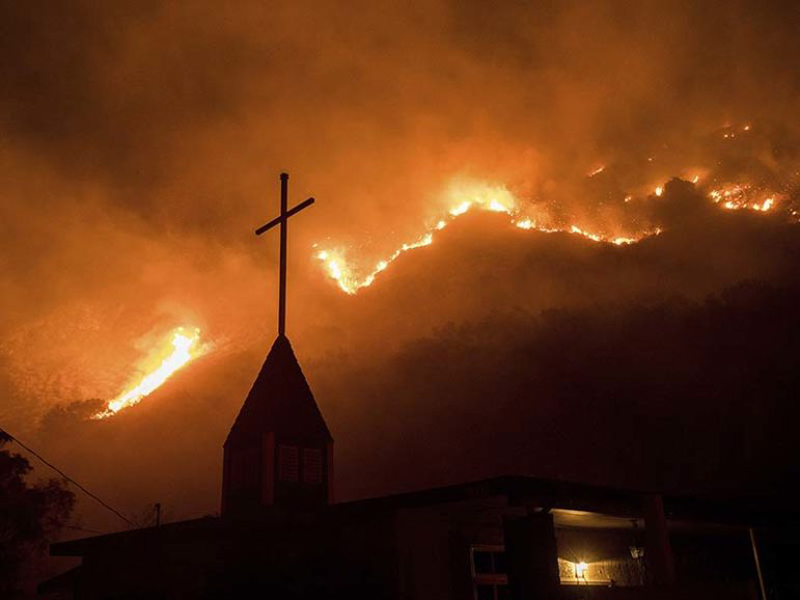 Above: Wildfire approaching Springs of Life Church in Casitas Springs, California. AP photo/Noah Berger.
Above: Wildfire approaching Springs of Life Church in Casitas Springs, California. AP photo/Noah Berger.
Special issue
MARY'S MAGNIFICAT
¶ Invocation. “We are waiting . . . waiting for that Gloria in Excelsis Deo." —The Many, which is offering their new “Advent & Christmas” album for free download.
¶ Call to worship. “My soul magnifies you, O Lord, and my spirit rejoices in your Saving Presence. / Everything in me comes alive when you look in my direction. . . . / Your power is sufficient to baffle the aims of the arrogant. Imperial might trembles at the sound of your approach; but the prison yards and the sweatshops and the slaughterhouses erupt in jubilation!” —continue reading “My soul magnifies you: A contemporary midrash on the Magnificat, inspired by Luke 1:46-55”
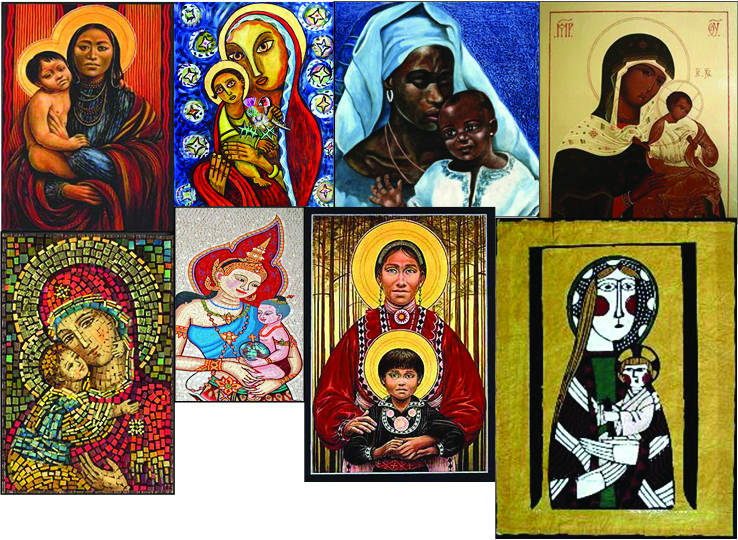
¶ Hymn of praise. “Canticle of the Turning” is an exposition of Mary’s Magnificat in Luke 1:46-55. Written by Rory Cooney, using a traditional Irish tune, this version is performed by Woven Image
My soul cries out with a joyful shout that the God of my heart is great,
And my spirit sings of the wondrous things that you bring to the ones who wait.
You fixed your sight on your servant’s plight and my weakness you did not spurn,
So from east to west shall my name be blessed. Could the world be about to turn?
¶ Hanukkah, the Jewish Festival of Lights, began at sundown last night and goes until sundown Wednesday 20 December. For more background see “My Jewish Learning.”
¶ Hanukkah hymn. “Light One Candle,” Peter, Paul & Mary.
¶ “If Mary had appeared in Bethlehem clothed, as St. John says, with the sun, a crown of twelve stars on her head, and the moon under her feet, then people would have fought to make room for her. But that was not God’s way for her, nor is it Christ’s way for himself, now when he is disguised under every type of humanity that treads the earth.” —Dorothy Day
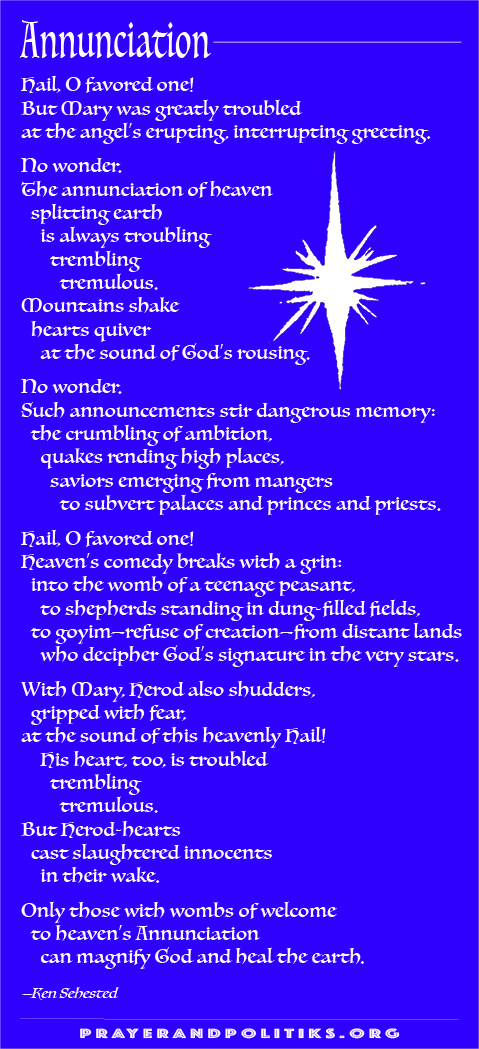 ¶ Confession. “Upon studying ‘The Coronation of the Virgin,’ a triptych altarpiece by the 16th century German painter Bartholomäus Bruyn the Elder: ‘Yet Mary’s face betrays no exultation. She is practicing custody of the eyes, a way of seeing which instills trust, whatever the cross or crown may be. ‘I do not ask to see / The distant scene—one step enough for me.’ [quoting Newman] Could we believe enough, could we trust, could we let works like this altarpiece seep into our consciousness, surely it would dissolve our worries—at least for a time.” —Carol Zaleski
¶ Confession. “Upon studying ‘The Coronation of the Virgin,’ a triptych altarpiece by the 16th century German painter Bartholomäus Bruyn the Elder: ‘Yet Mary’s face betrays no exultation. She is practicing custody of the eyes, a way of seeing which instills trust, whatever the cross or crown may be. ‘I do not ask to see / The distant scene—one step enough for me.’ [quoting Newman] Could we believe enough, could we trust, could we let works like this altarpiece seep into our consciousness, surely it would dissolve our worries—at least for a time.” —Carol Zaleski
¶ Mary, the mother of Jesus, has always played a large part in the lives of many Christians. Life magazine once estimated the prayer “Hail Mary” is said two billion times every day. In the Orthodox tradition, her birthday is one of 12 “Great Feasts” on the church’s liturgical calendar.
• Each year five to ten million people make a pilgrimage to Our Lady of Guadalupe in Mexico City; many others visit Marian sites elsewhere in the world. This saint is prayed to as advocate and helper, and even in the sports area there is a reference to her power: the last desperate pass by a losing football team is called a "Hail Mary."
• Mary’s “Magnificat” (Latin for “[My soul] magnifies”), also known as Mary’s Song, is the powerful canticle she speaks when visiting her cousin Elizabath, recorded in Luke 1:46-55. It has frequently been considered too subversive for public reading.
• When the evangelical Anglican missionary Henry Martyn went out to Calcutta as chaplain to the East India Company in 1805, he was appalled to discover that the British authorities had banned the recitation of the Magnificat at Evensong. On the final day of British rule in India in 1947, Mahatma Gandhi, who was not a Christian, requested that this song be read in all places where the British flag was being lowered.
• After Chilean dictator General Augustine Pinochet came to power in a 1973 military coup, he banned the Magnificat as a public prayer.
• The Magnificat’s prophetic speech was banned in the mid 1970s in Argentina after the Mothers of the Disappeared used it to call for nonviolent resistance to the military junta.
• During the 1980s, the government of Guatemala found the ideas raised by Mary’s proclamation of God’s special concern for the poor to be so dangerous and revolutionary that the government banned any public recitation of  Mary’s words.
Mary’s words.
*Sources for the above: Bonnie Jensen, “We Sing Mary’s Song,” World and World Elizabeth Johnson, Truly Our Sister: A Theology of Mary in the Communion of Saints; John Dear, Mary of Nazareth, Prophet of Peace; Frederic and Mary Ann Brussat, “Birthday of Mary, the Mother of Jesus”; Craig Greenfield, “Here’s what you need to know about the REAL war on Christmas” ; Dietrich Bonhoeffer, quote from The Mystery of Holy Night, a compilation of Bonhoeffer’s sermons and writings on Christmas; Dan Clendenin, “The Subversive Song of the Mother of God: Mary's Magnificat,” in The Journey with Jesus: Notes to Myself
Left: "Hail Mary," Meinrad Craighead
¶ “It is hard for me to imagine a ‘sweet baby Jesus, no crying he makes.’ What I see is blood-soaking straw where Mary lay, probably wanting to die if not actually near death, and Joseph nearly beside himself both with paternal concern, on the one hand, and, on the other hand, wondering how in the world he was going to explain this illegitimate child to the family back home. And then because of the threat from Herod’s death squads, loading Mary and baby Jesus back on the donkey for a midnight escape through the desert to Egypt.” —continue reading “The Manger’s Revolt,” a sermon on Mary’s Magnificat in Luke 1:46-55
¶ Hymn of supplication. “Canticle of the Turning”
Though I am small, my God, my all, you work great things in me
And your mercy will last from the depths of the past to the end of the age to be.
Your very name puts the proud to shame and to those who would for you yearn,
You will show your might, put the strong to flight, for the world is about to turn.
¶ Words of assurance. “Any exegesis is fruitless that attempts to tone down what Mary’s song tells us about preferential love of God for the lowly and the abused, and about the transformation of history that God’s loving will implies.” —Peruvian theologian Gustavo Gutierrez
¶ Professing our faith. “At first glance, through modernity’s eyes, Mary’s encounter with the angel’s natal  announcement—and her annunciating response—appears to be a form of self-subjugation.
announcement—and her annunciating response—appears to be a form of self-subjugation.
“Is Luke’s story a case of a colonized mind? Did she actively concede to her own binding and bonding? Should we insist on a more assertive, individuated figure to front the Christmas story?
“I, for one, think not.
“Does the manger’s straw have a ghost of a chance against sharpened steel? Can there be any lingering question about the dominance of shock and awe’s rule?
“I, for one, think so. . . .” —continue reading “The renewing significance of Mary’s Magnificat,” an essay
¶ Hymn of intercession. “When I find myself in times of trouble / Mother Mary comes to me / Speaking words of wisdom / Let it be / And in my hour of darkness / She is standing right in front of me / Speaking words of wisdom / Let it be / And when the broken-hearted people / Living in the world agree / There will be an answer / Let it be.” —The Beatles, “Let It Be”
¶ “Then [Mary] conceived him; and withdrew with him to a remote place. And the throes of childbirth drove her to the trunk of a palm-tree. She said: Oh, would that I had died before this, and had been a thing quite forgotten! So a voice came to her from beneath her: Grieve not, surely thy Lord has provided a stream beneath thee. And shake towards thee the trunk of the palm-tree, it will drop on thee fresh ripe dates. So eat and drink and cool the eye.” —Qur'an 19:22-26
¶ Hymn of prophecy. “Canticle of the Turning”
From the halls of power to the fortress tower, not a stone will be left on stone
Let the king beware for your justice tears every tyrant from his throne.
The hungry poor shall weep no more, for the food they can never earn;
There are tables spread, every mouth be fed, for the world is about to turn.
¶ Preach it. “It’s time to put Herod back in Christmas. Not because we need any more Herods, but because it reveals that the sweet manger was placed in the midst of grave danger.” —continue reading Nancy Hastings Sehested’s “All’s wild with the world: A sermon on Mary’s Magnificat”
¶ “We are all meant to be mothers of god. What good is it to me if this eternal birth of the divine Son takes place unceasingly but does not take place within myself? And what good is it to me if Mary is full of grace if I am not also full of grace? What good is it to me for the Creator to give birth to [God’s] Son if I do not also give birth to him in my time and my culture. This then is the fullness of time: When the Son of God is begotten in us.” —Meister Eckhart

¶ Call to the table. ““Oh, Sweet Deliverer, fruit of Mary’s annunciation, / troubler of worlds and troubadour of heaven’s fidelity, / whose call to the table gathers the lame and binds / every shame with the promise of feast for the lost, / for the least, for the last, and all willing / to sing the angels’ insurrectionary song.” —continue reading “The Manger’s Reach,” a poem for Advent
¶ Satire alert. The Supreme Court has ruled that there cannot be a live Nativity Scene on Capitol Hill this Christmas Season. This is not for any religious reason, they simply have not been able to find three wise men in the Nation's capitol. The search for a virgin also continues. There was, however, no problem finding enough asses to fill the stable. —from the internet (thanks Heidi)
¶ Altar call. “The song of Mary is the oldest Advent hymn. It is at once the most passionate, the wildest, one might even say the most revolutionary Advent hymn ever sung. This is not the gentle, tender, dreamy Mary whom we sometimes see in paintings; this is the passionate, surrendered, proud, enthusiastic Mary who speaks out here. . . . This song . . . is a hard, strong, inexorable song about collapsing thrones and humbled lords of this world, about the power of God and the powerlessness of humankind.” —German theologian and pastor Dietrich Bonhoeffer
¶ Benediction. “If / you want, / the Virgin will come walking down the road / pregnant with the holy, / and say, / ‘I need 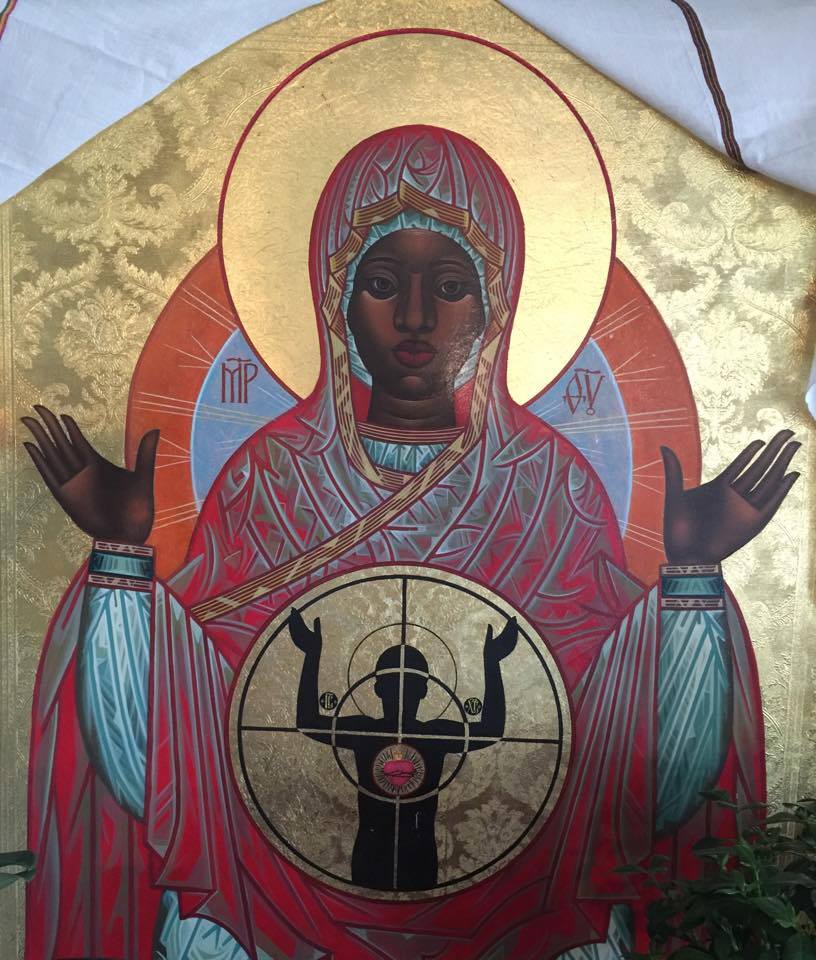 shelter for the night, please take me inside your heart, / my time is so close.’ / Then, under the roof of your soul, you will witness the sublime / intimacy, the divine, the Christ / taking birth / forever, / as she grasps your hand for help, for each of us / is the midwife of God, each of us.” —St. John of the Cross
shelter for the night, please take me inside your heart, / my time is so close.’ / Then, under the roof of your soul, you will witness the sublime / intimacy, the divine, the Christ / taking birth / forever, / as she grasps your hand for help, for each of us / is the midwife of God, each of us.” —St. John of the Cross
Left: "Our Lady Mother of Ferguson and All Those Killed by Gun Violence" icon by Mark Dukes
¶ Recessional. “Canticle of the Turning”
Though the nations rage from age to age, we remember who holds us fast;
God’s mercy shall deliver us from the conqueror’s crushing grasp.
This saving word that our forebears heard is the promise which holds us bound,
Till the spear and rod can be quelled by God who is turning the world around.
¶ Lectionary for this Sunday. “Do not say with your lips, ‘The Spirit of the Lord! The Spirit of the Lord!’ when your hearts are shackled in fear, enslaved to security. / The spirit of the Lord God is upon me, because the Lord has anointed. / Anointed you for what?! Have you grown confused by the barking of market reports? / By the demands of national security? By your 401K addiction?” —continue reading “Anointed,” a litany for worship inspired by Isaiah 61:1-4 and Luke 4:18
¶ Lectionary for Sunday next. “Open your mouths, oh people of praise. Unchain your lungs and unleash your lips. / Let joyful noise erupt from every muted tongue, thankful hymns from every muffled mouth. / Compose a new song for the Chorister of Heaven. A cappella or symphonic, let the sound rise like leaven. / Whether big band or bluegrass or rhythm and blues.” —continue reading “Big band or bluegrass,” a litany for worship inspired by Psalm 98
¶ Just for fun. “If you were a sibling of Jesus,” Michael Jr. (Thanks Kyle.)
# # #
 Featured this week on prayer&politiks
Featured this week on prayer&politiks
• “My soul magnifies you: A contemporary midrash on the Magnificat, inspired by Luke 1:46-55”
• “All’s wild with the world: A sermon on Mary’s Magnificat,” by Nancy Hastings Sehested
• “Annunciation,” Mary’s song of praise, inspired by Luke 1:46-55
• “The renewing significance of Mary’s Magnificant”
• “The Manger’s Reach,” a poem for Advent
• “The Manger’s Revolt,” a sermon on Mary’s Magnificat in Luke 1:46-55
Other features
• Planning a “Watch Night” service on New Year’s Eve? See Ken Sehested’s “Watch night history: Awaiting the quelling word,” written against the backdrop of New Year's Eve services, 1862, when African Americans gathered to await news of US President Abraham Lincoln's promised "Emancipation Proclamation."
• “Silent night,” a new Advent poem
• “Advent & Christmas resources for worship: Litanies, poems, sermons & articles”
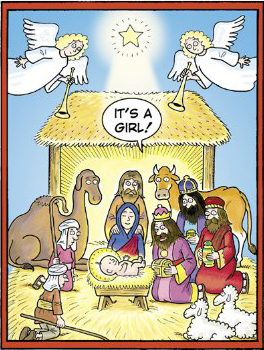 ©Ken Sehested @ prayerandpolitiks.org. Language not otherwise indicated above is that of the editor, as are those portions cited as “kls.” Don’t let the “copyright” notice keep you from circulating material you find here (and elsewhere in this site). Reprint permission is hereby granted in advance for noncommercial purposes.
©Ken Sehested @ prayerandpolitiks.org. Language not otherwise indicated above is that of the editor, as are those portions cited as “kls.” Don’t let the “copyright” notice keep you from circulating material you find here (and elsewhere in this site). Reprint permission is hereby granted in advance for noncommercial purposes.
Feel free to copy and post any original art on this site. (The ones with “prayer&politiks.org” at the bottom.) As well as other information you find helpful.
Your comments are always welcomed. If you have news, views, notes or quotes to add to the list above, please do. If you like what you read, pass this along to your friends. You can reach me directly at kensehested@prayerandpolitiks.org.
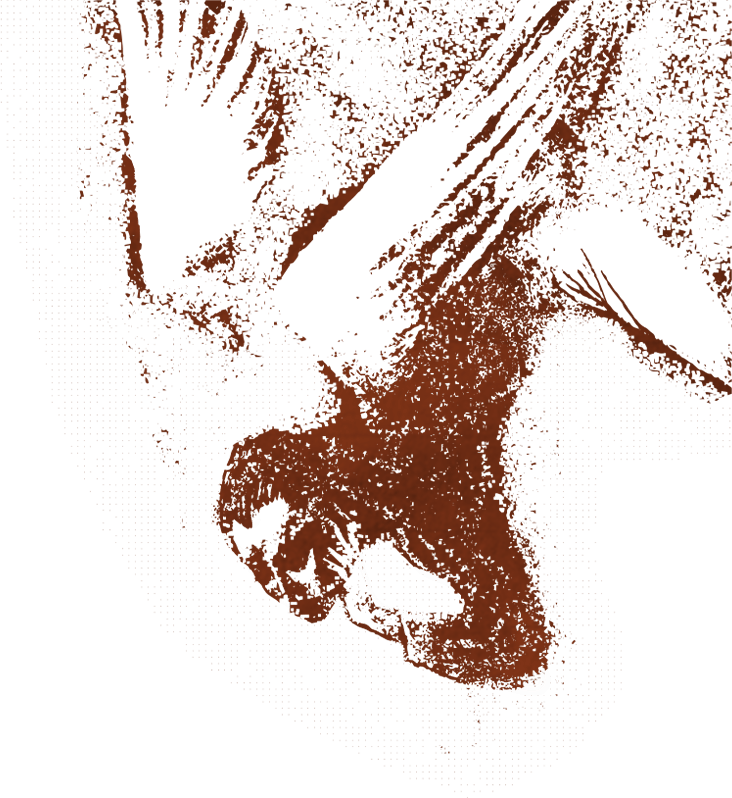
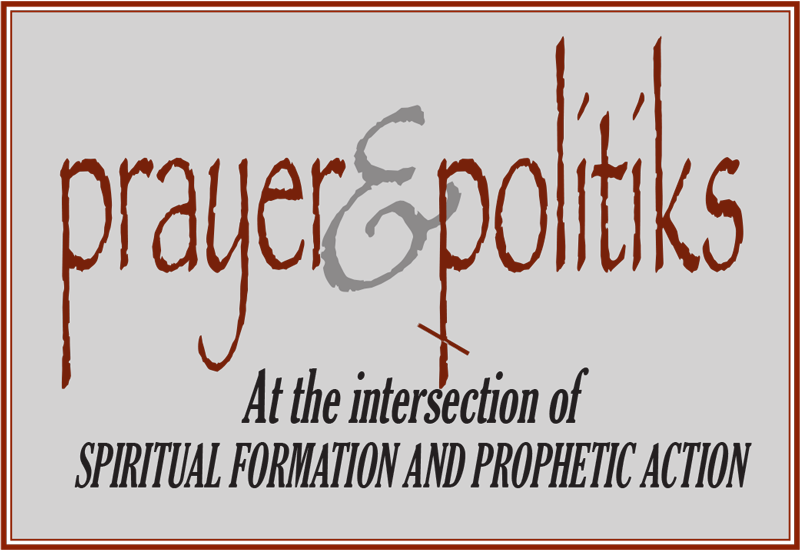
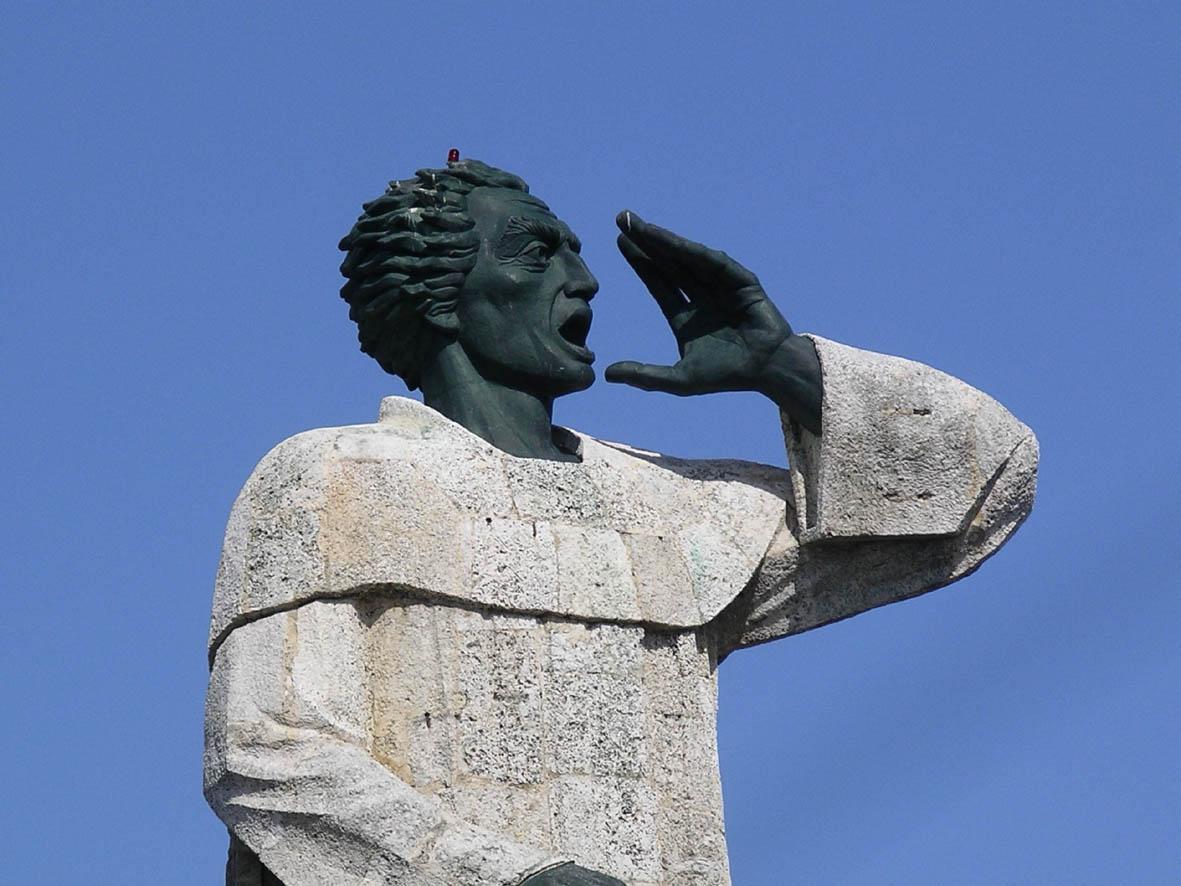
 Above: Wildfire approaching Springs of Life Church in Casitas Springs, California. AP photo/Noah Berger.
Above: Wildfire approaching Springs of Life Church in Casitas Springs, California. AP photo/Noah Berger.
 ¶ Confession. “Upon studying ‘The Coronation of the Virgin,’ a triptych altarpiece by the 16th century German painter Bartholomäus Bruyn the Elder: ‘Yet Mary’s face betrays no exultation. She is practicing custody of the eyes, a way of seeing which instills trust, whatever the cross or crown may be. ‘I do not ask to see / The distant scene—one step enough for me.’ [quoting Newman] Could we believe enough, could we trust, could we let works like this altarpiece seep into our consciousness, surely it would dissolve our worries—at least for a time.” —Carol Zaleski
¶ Confession. “Upon studying ‘The Coronation of the Virgin,’ a triptych altarpiece by the 16th century German painter Bartholomäus Bruyn the Elder: ‘Yet Mary’s face betrays no exultation. She is practicing custody of the eyes, a way of seeing which instills trust, whatever the cross or crown may be. ‘I do not ask to see / The distant scene—one step enough for me.’ [quoting Newman] Could we believe enough, could we trust, could we let works like this altarpiece seep into our consciousness, surely it would dissolve our worries—at least for a time.” —Carol Zaleski Mary’s words.
Mary’s words. announcement—and her annunciating response—appears to be a form of self-subjugation.
announcement—and her annunciating response—appears to be a form of self-subjugation.
 Featured this week on prayer&politiks
Featured this week on prayer&politiks ©Ken Sehested @ prayerandpolitiks.org. Language not otherwise indicated above is that of the editor, as are those portions cited as “kls.” Don’t let the “copyright” notice keep you from circulating material you find here (and elsewhere in this site). Reprint permission is hereby granted in advance for noncommercial purposes.
©Ken Sehested @ prayerandpolitiks.org. Language not otherwise indicated above is that of the editor, as are those portions cited as “kls.” Don’t let the “copyright” notice keep you from circulating material you find here (and elsewhere in this site). Reprint permission is hereby granted in advance for noncommercial purposes.
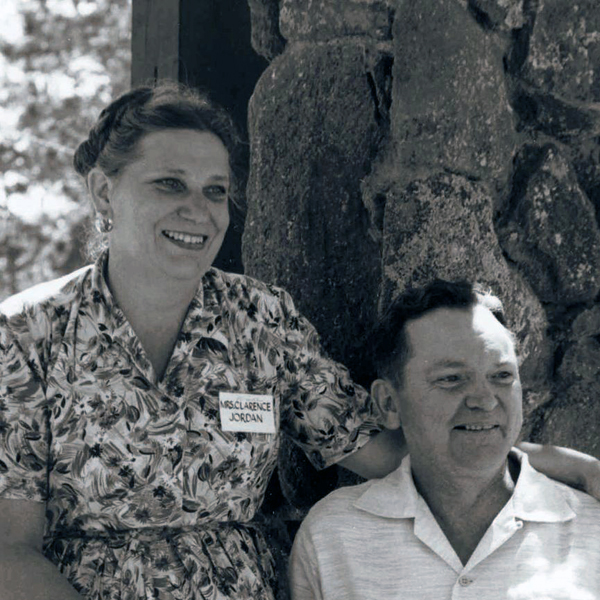
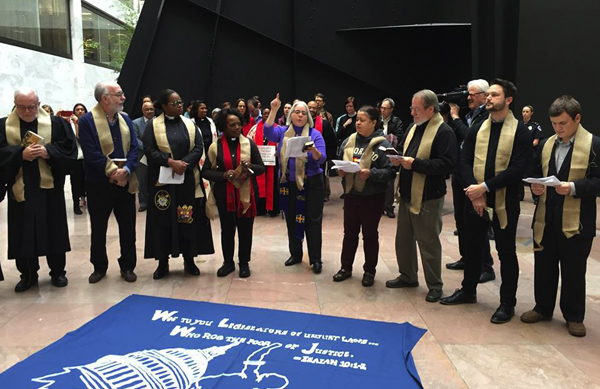 Texas
Texas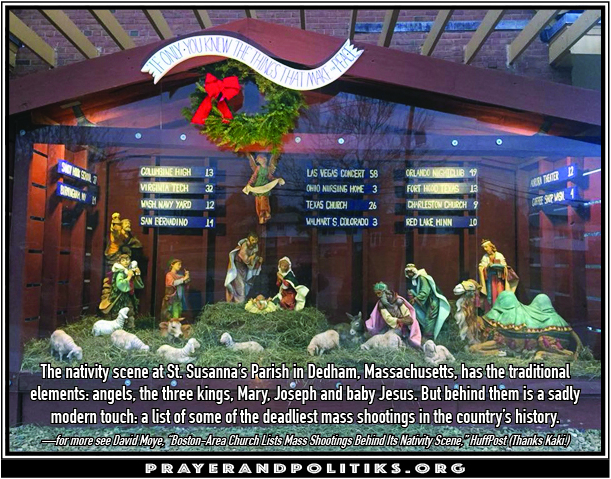 free."
free."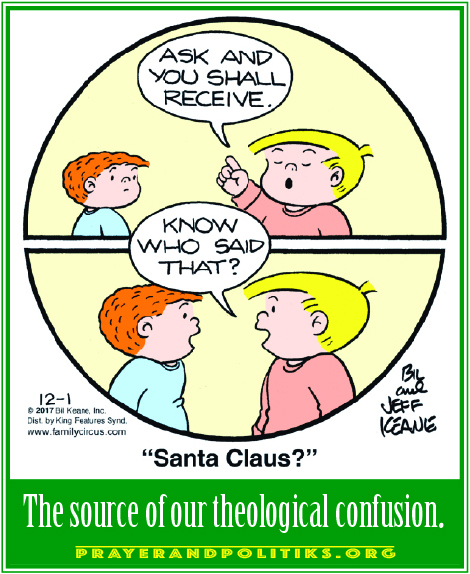 indignity and stigma, of defeat. I have translated it as ‘lynching.’” —Clarence Jordan
indignity and stigma, of defeat. I have translated it as ‘lynching.’” —Clarence Jordan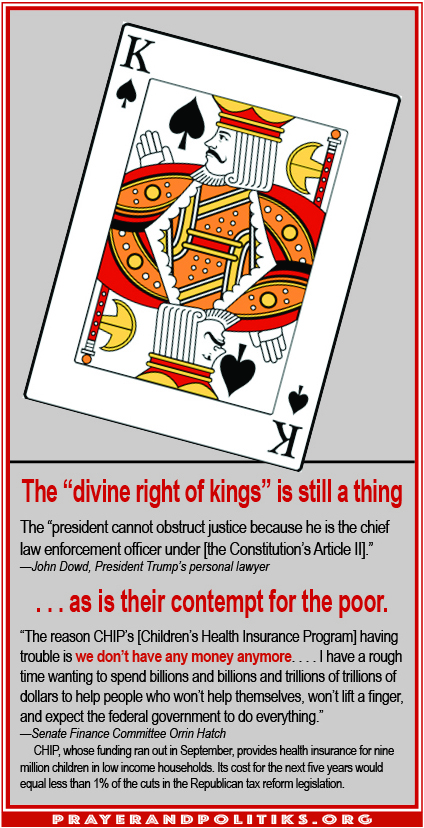 regarding an issue on which there are varying opinions.” —
regarding an issue on which there are varying opinions.” —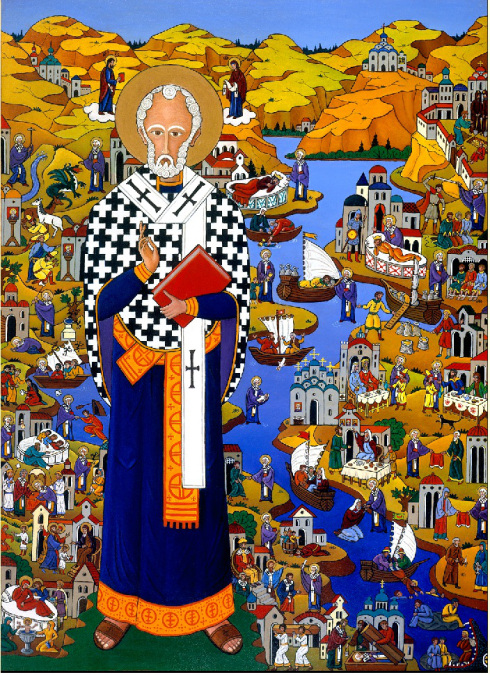 Left: "Life and Miracles of Saint Nicholas," painting by Alexander Boguslawski
Left: "Life and Miracles of Saint Nicholas," painting by Alexander Boguslawski ue reading “
ue reading “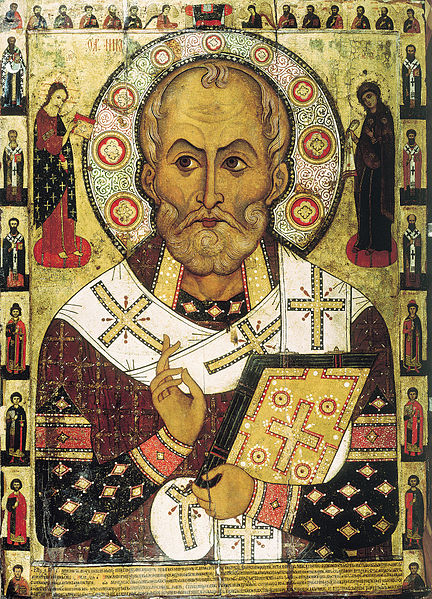 bishop. We have no records of his years as a bishop, but it seems he was revered as a kindly fellow who helped the poor and sick. He died on December 6, sometime between 343 and 353, and was buried in the town of Myra.
bishop. We have no records of his years as a bishop, but it seems he was revered as a kindly fellow who helped the poor and sick. He died on December 6, sometime between 343 and 353, and was buried in the town of Myra.